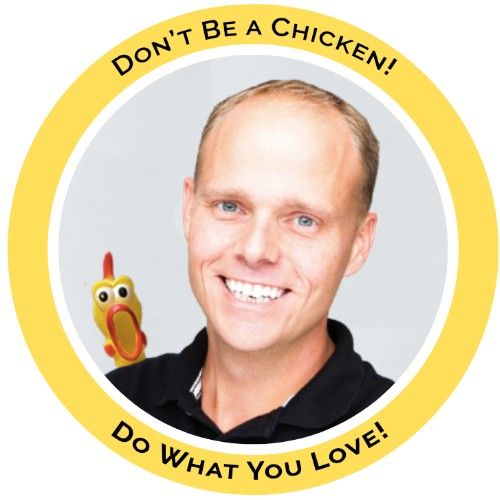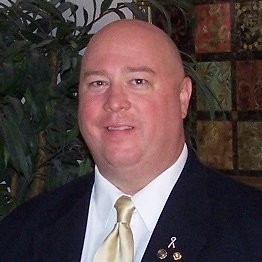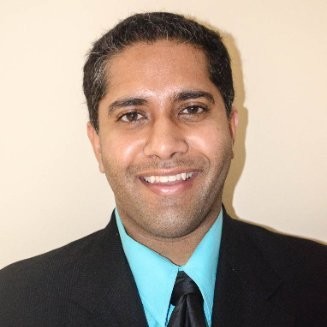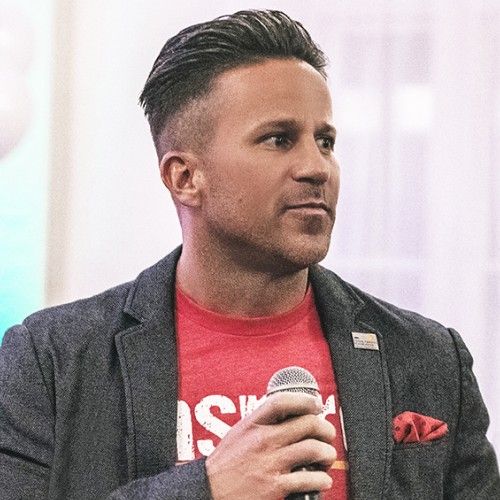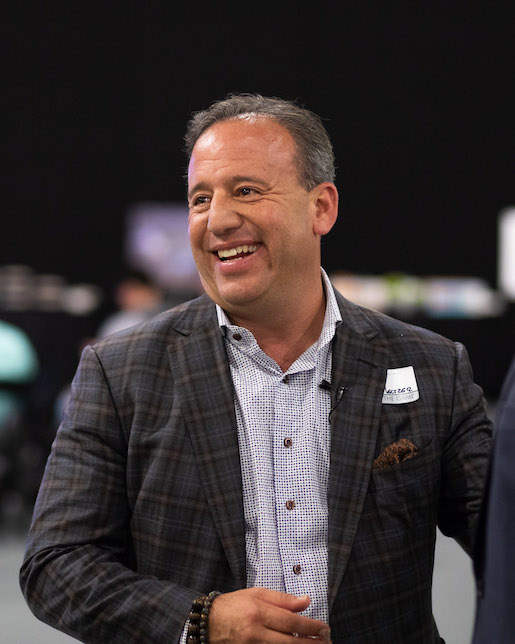Initial publishing in
Forbes.
One of the most important ingredients to career success today is building powerful support relationships with helpful mentors and sponsors. These are individuals with whom you develop mutually-beneficial relationships that can open critical doors for you, offer helpful guidance, and share strategies that will catapult you forward in your life and career.
But just how do we find these mentors and sponsors? I’m asked this question virtually every week by young professionals and seasoned ones as well. I’ve found that there are productive ways to build mentoring relationships, and unsuccessful approaches that fail to generate the results you hope for.
To explore more about this topic, I connected recently with
Garrett Mintz who knows a great deal about the life-changing power of mentors. Mintz is the founder of
Ambition In Motion which focuses on kickstarting mentorships that help build fulfilling careers. Mintz’s vision is a world where the vast majority of people are excited to go to work and feel that their expectations meet reality when they are at work. His focus is on helping companies build intentional mentor programs within their organizations. Mintz and I recently co-delivered a one-hour training program on
How To Network In An Authentic, Genuine Way To Find Great Mentors
Mintz shares below about his own life transformation from teen drug dealer to business founder, and how to build successful mentorship relationships:
Kathy Caprino: What is Ambition In Motion and why did you found this organization?
PROMOTED
SAP BRANDVOICE | Paid ProgramMother’s Day Disrupted: Dawning Of A New Awareness
UNICEF USA BRANDVOICE | Paid ProgramVaccinating The World’s Children As Critical As Ever
Civic Nation BRANDVOICE | Paid ProgramCollege Signing Day Is For All Students—Especially Transfers
Garrett Mintz: At Ambition In Motion, we believe that there are two key stakeholders in achieving a mission of fulfilling work for professionals: employers and employees. If we can help employers gain a better understanding of their people and culture and provide them with simple steps on how to manage their people in a way that works with that culture, we can help them increase engagement and retention.
And if we can help employees increase their professional drives and goals throughout their lives, we can put them in the best position to be engaged and fulfilled at work.
Caprino: How did you get involved in this work? What was your path to this?
Mintz: I got involved with Ambition In Motion because I recognized that there was a huge problem with the way people view their work that prevents them from experiencing success. When I was a sophomore at the Kelley School of Business at Indiana University, I kept noticing so many of my older friends were in prestigious-sounding jobs and were paid really well, but they hated their work. They kept referring to work as “going back to the grind” or that they were “dreading Monday” and I thought to myself, is all of this “success” a façade? Is it impossible for people to be excited about their work?
In addition, I got involved in this direction because I’ve lived personally and witnessed how having mentors in our lives can transform us.
As a bit of backstory, from age 15-19, I engaged in dealing drugs. At the end of my freshman year, I was arrested in an undercover operation by the Indiana University Police Department. I received 5 felony distribution charges and was expelled from school. I had no idea what I was going to do with my life.
Before that experience, I believed that success would come through my attending college, getting good grades, and landing a great job, and somewhere along those lines I would “find myself”. Well, nobody that I had ever known (whom I considered successful) was a drug dealer, so I either had to accept being a failure or redefine my definition of success.
I chose the latter and have never looked back. After getting in trouble, I enrolled in a program called
At The Crossroads which exposed me to the power of mentorship, both personally and professionally. I then landed my first internship after sitting next to a man on an airplane who wanted to take a chance on me and hire me (even after hearing about my past) because of the strong impression I made on him.
After completing At The Crossroads, I got extremely lucky. My felonies were dropped to a misdemeanor conviction, I was re-enrolled at Indiana University, and I was accepted to the Kelley School of Business.
I had lost everything but found a way to get back on track, and on the way back I learned that it is all about the journey, not the destination.
My first step on this path to launching Ambition in Motion was facilitating mentorship between students and alumni so then I could help students gain the confidence to challenge their preconceived notions about how they viewed work. I focused on helping them identify, through educating themselves, a new path in which their expectations for fulfilling work could meet reality.
Caprino: What have you learned from facilitating all of the mentorships that you have?
Mintz: First, and probably most surprising, is that there is very little correlation between successful mentorship and career interest alone.
Just to be clear, successful mentorship in my view is where the student and mentor find the relationship productive and successful. The mentorships I connect young people with involve at least three conversations over a three-month period and the individuals often stay in touch after the formal program is over. The student or young professional achieves his/her goal by the end of the period, and overall they find the relationship engaging and mutually beneficial.
So many mentor programs are setup where there is a big list of professionals from which the student is required to choose a mentor. Most students choose people who are in jobs they desire or certainly fields they aspire to enter. The challenge with this approach is that even if your dream job is to be a financial analyst at JP Morgan Chase, and you connect with a financial analyst at JP Morgan Chase to be your mentor, this isn’t a guarantee for successful mentorship.
What I’ve learned is that when you can find a mentor who is aligned with your desired work orientation, the likelihood of a successful mentorship relationship is greater, even when the fields of the mentor and mentee are very different because you both have shared motivations as it pertains to work.
From our team’s research, work orientation is about how you view work and what you wish to get from it. The three dimensions of work orientation that we’ve uncovered are:
Viewing work as a job: High focus on how your work can afford you the life you want to live outside of work
Viewing work as a career: High focus on professional growth
Viewing work as a calling: High focus on personal/professional mission alignment
Few people are firmly in just one dimension of this spectrum and few people have the same work orientation throughout their lives (because your work orientation can change based on the task you are working on and your stage in life).
We hypothesize that a big reason for less than satisfying results in a mentorship relationship is that mentors are going to mentor based onwhat they would have wanted to know when they were a student. If work orientation is not in alignment between mentor and mentee, it doesn’t really matter if the mentor works at a student’s dream company. The relationship likely isn’t going to work out or deliver successful outcomes for the mentee.
Caprino: How can we find great mentors, and then become great mentees?
Mintz: The first step to finding a great mentor is being open to the idea of having a mentor. Getting a mentor doesn’t mean that you are weak or that you are incapable. In fact, it says the opposite. It shows that you have more to learn and that you are open to learning.
Unfortunately, vulnerability gets a bad reputation (I believe the direct translation of vulnerability in sign language means “weak in the knees”), but I would argue that vulnerability is the component that is most likely to attract mentors. People want to see those who have or are facing tough times succeed. It helps others relate and it also goes counter-culture to the notion that “everything has to be going fantastically well when speaking with others.”
This is part of the reason why I share my story of my drug dealing past with people. It makes it easier for others to relate to me. When an individual can see someone who’s dealt with very hard times and found a way to overcome those challenges, that is when the drive for mentorship thrives.
We become great mentees when we nourish these relationships by having regular conversations and continuously sharing our vulnerable spots and our commitment to growing.
Caprino: Can this information apply beyond mentorship?
Mintz: Absolutely! In fact, after we started noticing the trend of successful mentorship being tied to aligning work orientation, we thought to ourselves “could this lead to increased retention and engagement at work?” and this is what we are working on now.
If we can help employers gain a better understanding of their people and culture through helping employees identify their desired work orientation, then provide employees with simple steps to manage their people in a way that aligns with their orientation, we can help them increase engagement and retention. And by helping employees gain a deeper understanding of their own professional drives and goals throughout their lives, we can help put them in the best position to be engaged and fulfilled at work.
Caprino: How have you seen company culture fit in with doing work we love and will thrive in?
Mintz: Company culture is not ping pong tables and meditation rooms. Company culture is how you experience the work you are doing and the people you are doing it with. When it comes to work orientation, there is not one right or wrong orientation. Some people I have spoken with mention that they only want people on their team who view their work as a “calling.” But I would argue that having a diverse workforce is essential to a thriving company culture.
For example, people who view their work as a calling are typically most resistant to corporate change and people who view their work as a job are most receptive to corporate change. If you understand what motivates your people, you can manage them in ways that make them feel valued.
On the flip side, as employees, if we can feel like our company cares about the things we care about, we are much more likely to be engaged. If you don’t like the way your coworkers, managers and leaders view work, that is probably a sign that it’s time to look for a different employer.
In short, whether it’s in landing great mentors who can support your growth, or pursuing great jobs at organizations you would be excited to join, understand what matters to you most and what you value in terms of fulfilling work, and keep those values a top priority in all you do.












